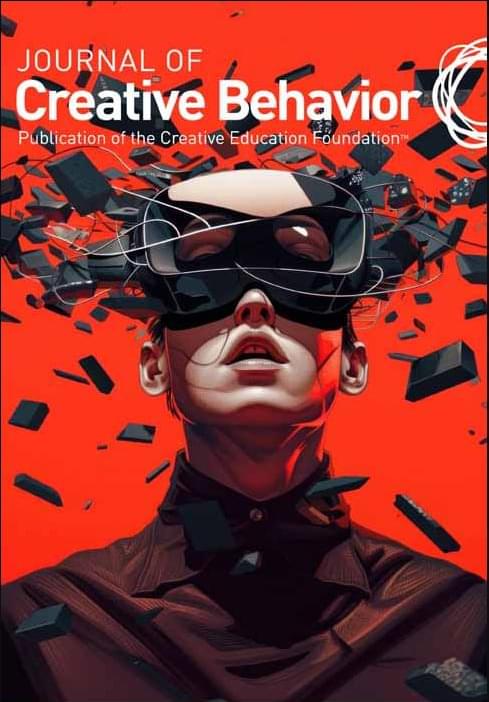What if the end of everything came not from cosmic fate, but from us? This episode examines the physics, probability, and peril of experiments that could, in theory, unravel the universe.
Watch my exclusive video The Economics of Immortality: https://nebula.tv/videos/isaacarthur–…
Get Nebula using my link for 40% off an annual subscription: https://go.nebula.tv/isaacarthur.
Get a Lifetime Membership to Nebula for only $300: https://go.nebula.tv/lifetime?ref=isa…
Use the link https://gift.nebula.tv/isaacarthur to give a year of Nebula to a friend for just $36.
Visit our Website: http://www.isaacarthur.net.
Join Nebula: https://go.nebula.tv/isaacarthur.
Support us on Patreon: / isaacarthur.
Support us on Subscribestar: https://www.subscribestar.com/isaac-a…
Facebook Group: / 1583992725237264
Reddit: / isaacarthur.
Twitter: / isaac_a_arthur on Twitter and RT our future content.
SFIA Discord Server: / discord.
Credits:
Could We Accidentally Destroy the Universe?
Written, Produced & Narrated by: Isaac Arthur.
Editors: Lukas Konecny.
Select imagery/video supplied by Getty Images.
Music Courtesy of Epidemic Sound http://epidemicsound.com/creator.
Chapters.
0:00 Intro.
2:38 Vacuum Decay (False Vacuum Collapse)
9:59 Strange Matter Conversion.
13:09 Gray Goo Scenario (Nanotechnology Out of Control)
16:05 Runaway Energy Reaction.
19:06 Altering the Constants of Nature.
20:49 Brane Collision (M-Theory Catastrophe)
22:27 Time Travel or Causality Paradox.
23:55 Nebula.
25:20 Simulation Shutdown.
27:21 Big Rip or Cosmological Instability.
28:35 Baby Universe Creation or Collapse.
29:51 Why It Hasn’t Happened Yet (Anthropic Principle & More)
31:49 Channel Updates




